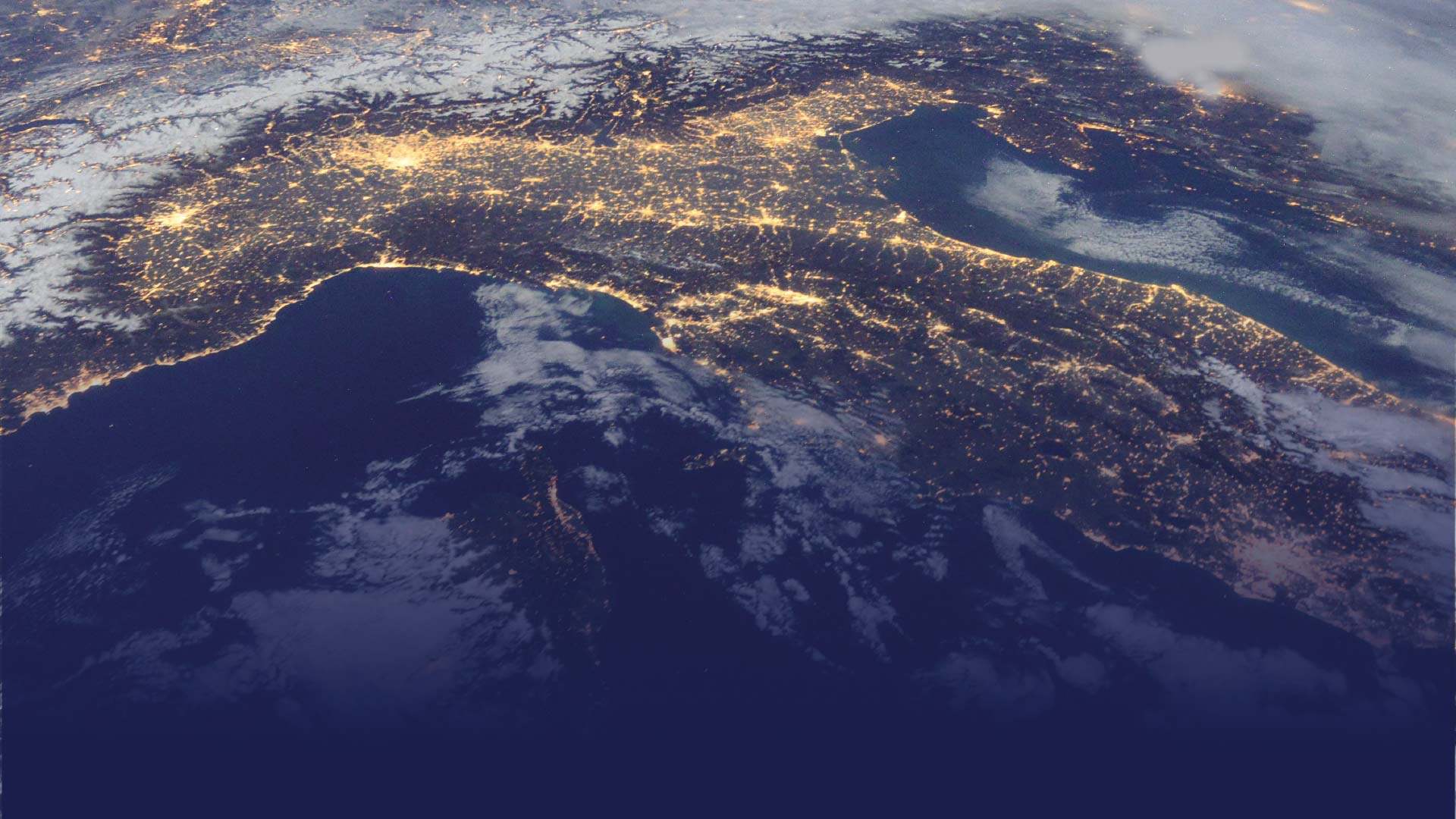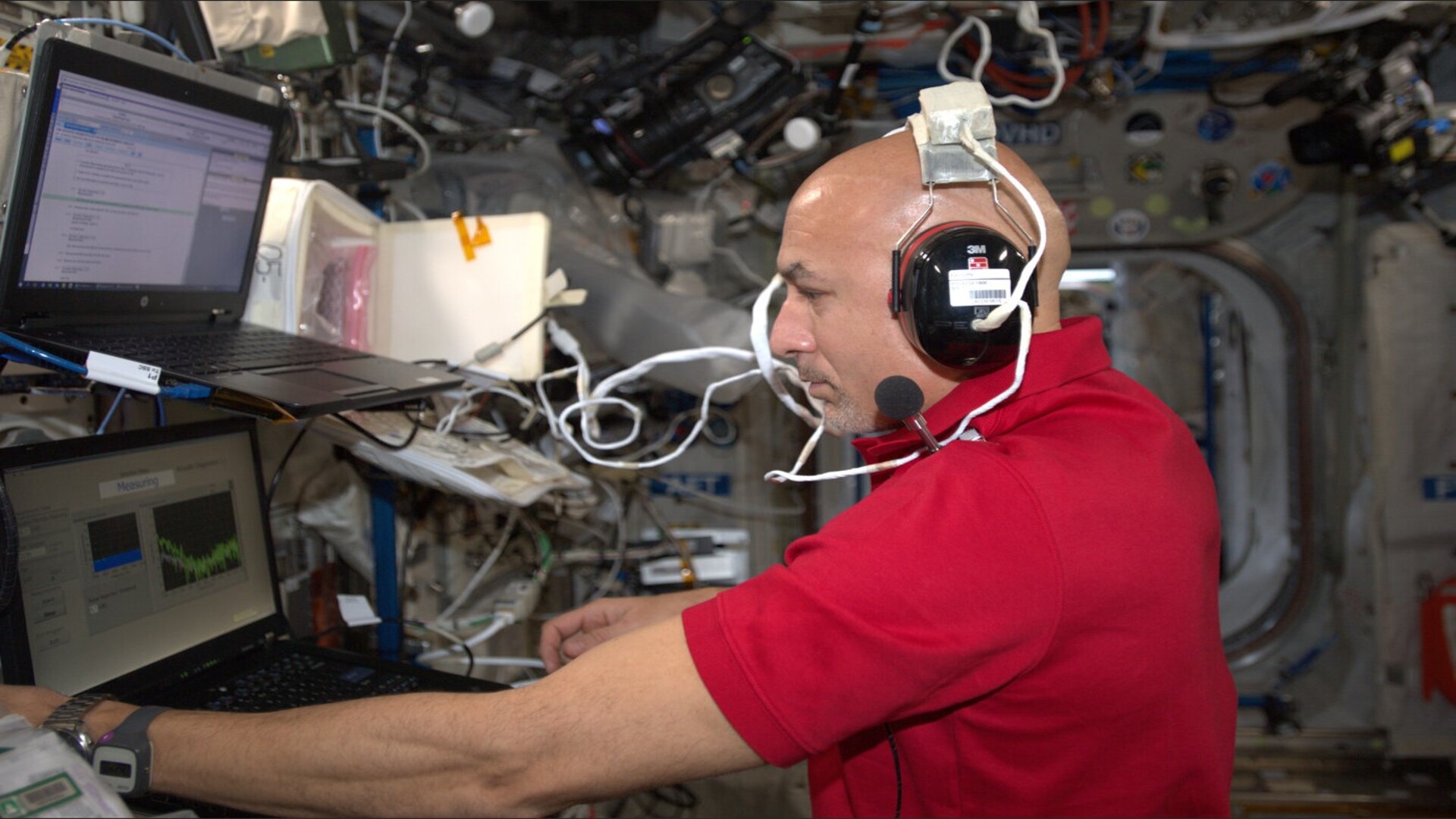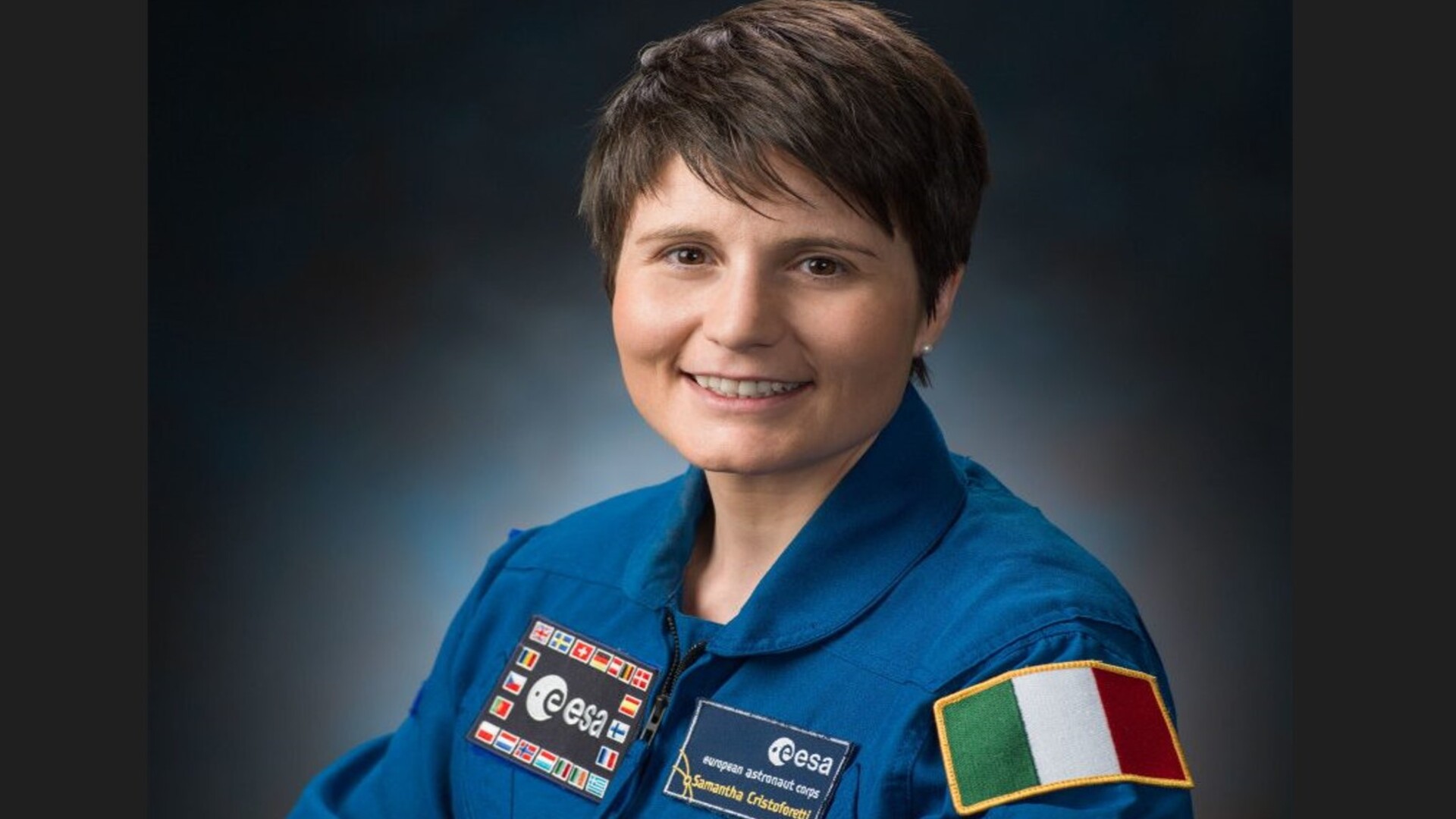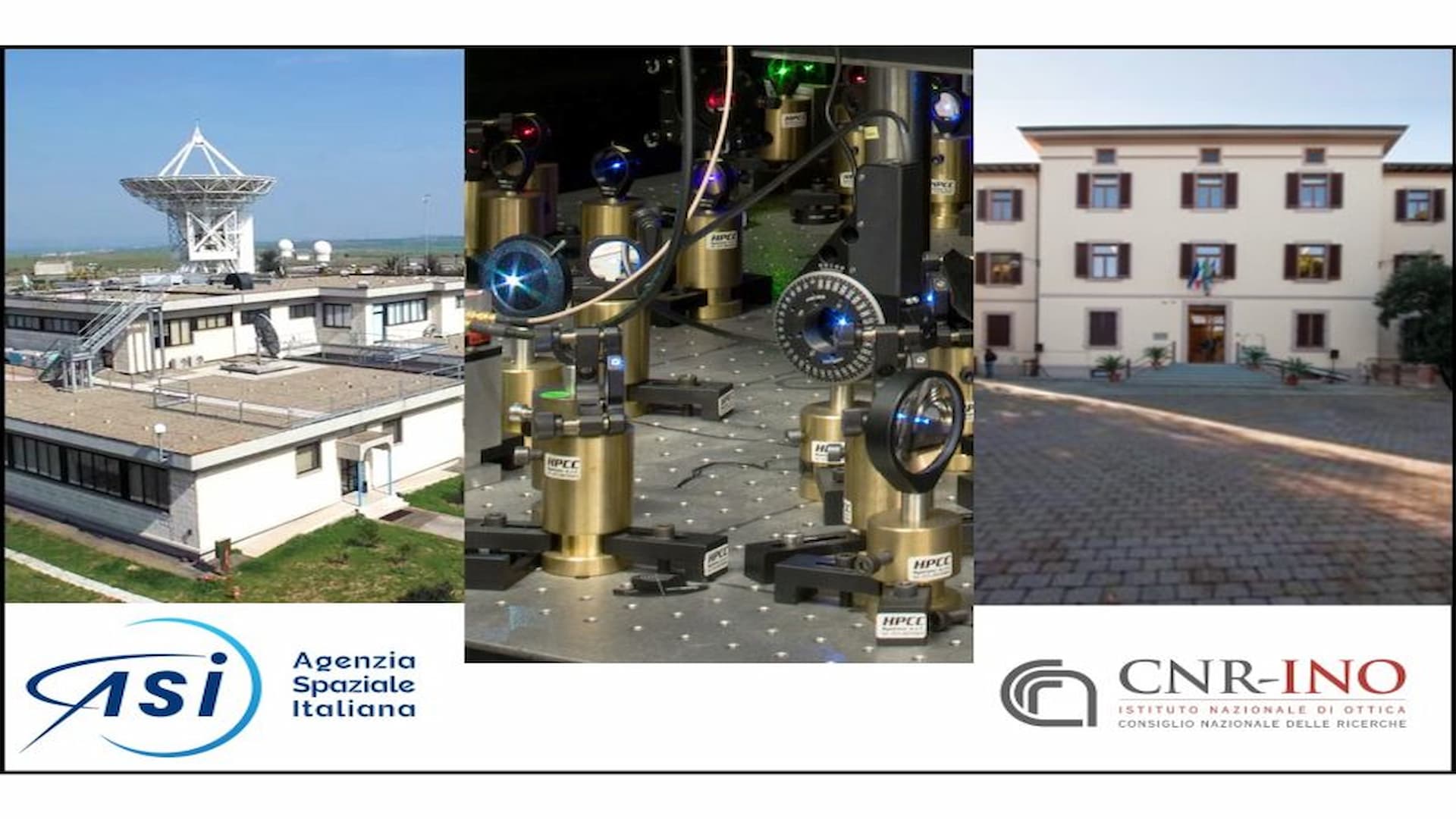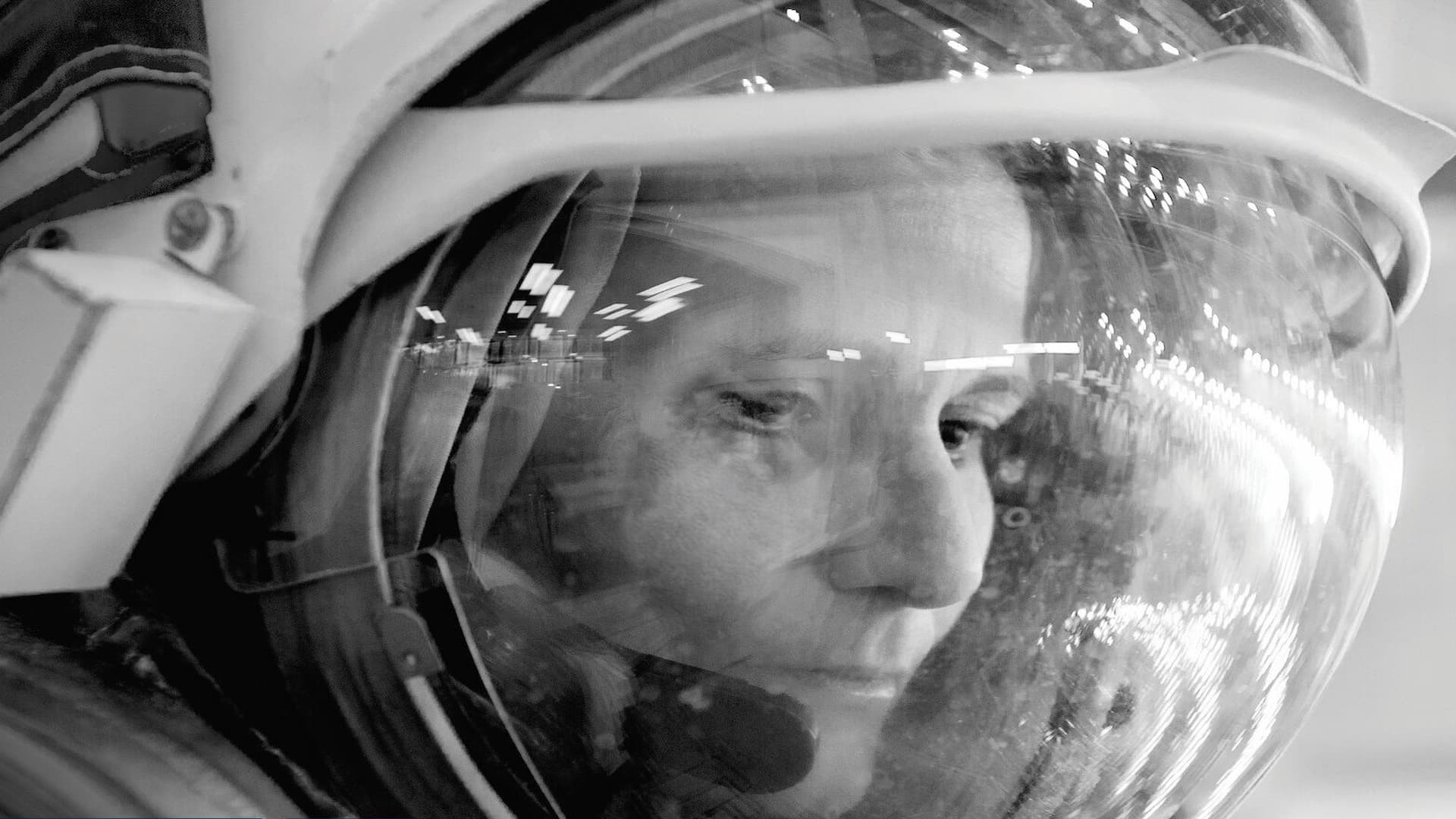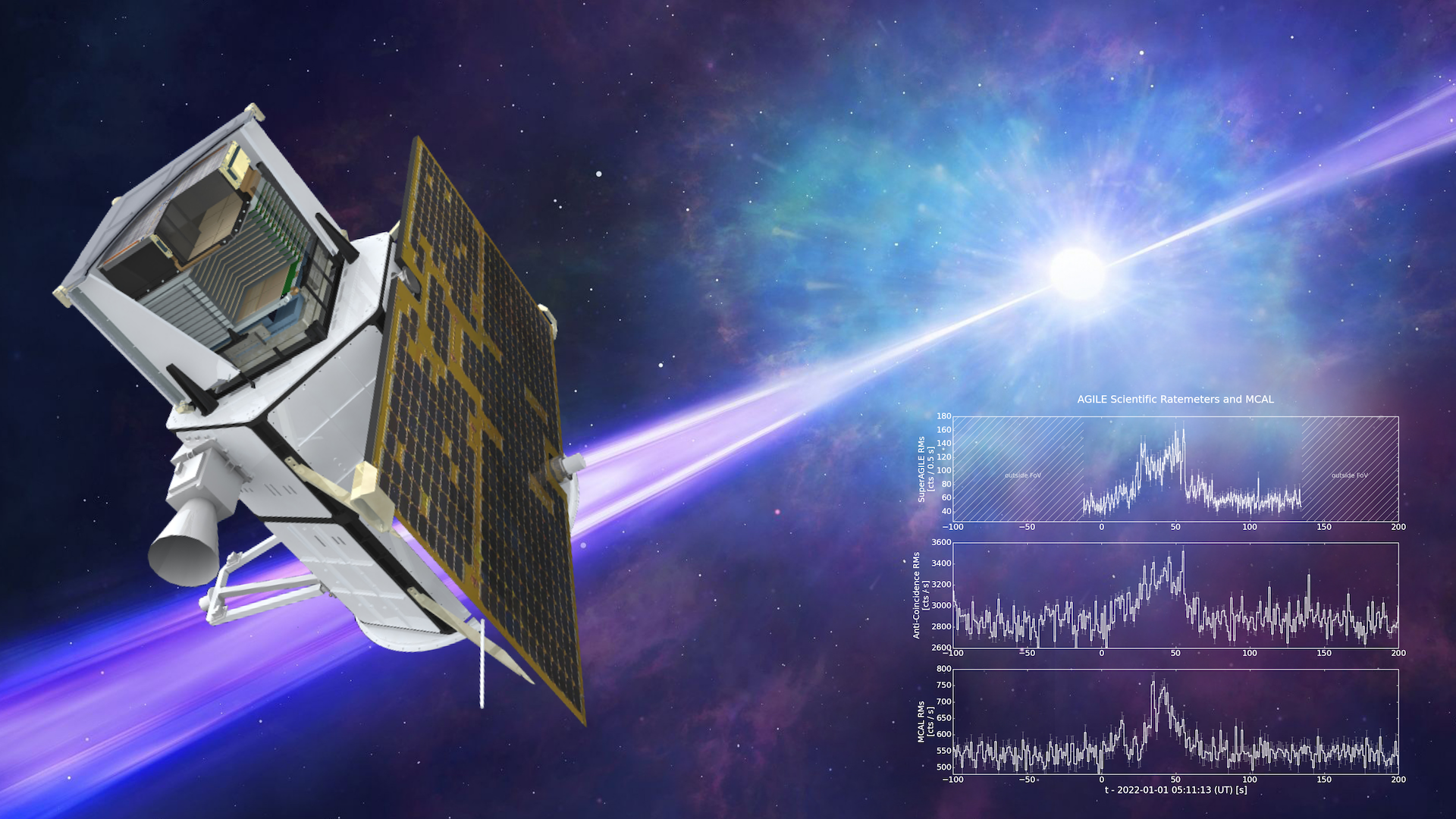Understanding proteins is basic to understanding the processes of living things. While we know the chemical formula of proteins, learning the chemical structure of these macromolecules is more di cult. Mapping the three- dimensional structure of proteins, DNA, ribonucleic acid (RNA), carbohydrates, and viruses provides information concerning their functions and behavior. This knowledge is fundamental to the emerging eld of rational drug design, replacing the trial-and-error method of drug development. Microgravity provides a unique environment for growing crystals, an environment that is free of the gravitational properties that can crush the delicate structures of crystals. Currently, several test facilities are used to grow crystals.
The Advanced Protein Crystallization Facility (APCF) can support three crystal- growth methods: liquid-liquid di usion, vapor di usion, and dialysis. Liquid-liquid di usion was not used during Expedition 3. In the vapor di usion method, a crystal forms in a protein solution as a precipitant draws moisture in a surrounding reservoir. In the dialysis method, salt draws moisture away from the protein solution via a membrane separating the two, forming crystals. ESA has announced that due to potential di culties with the vapor di usion method that could cause experiment failure, it will no longer propose the use of this method with the APCF.
APCF-Camelids was one of eight protein crystal investigations that was conducted in the Advanced Protein Crystallization Facility onboard the ISS during Expedition 3. APCF-Camelids was designed to produce crystals of high quality so as to allow the protein crystallization process to be modeled. Camelids were a good candidate for this study because a number of them have been very well characterized. Their solubility behavior and phase diagrams have been analyzed in detail. Most studies of this type are initially performed on lysozyme because it is very predictable and has also been well studied. However, it became necessary to extend this research to a range of proteins, which included Camelids, that were more representative of the entire population of proteins.

